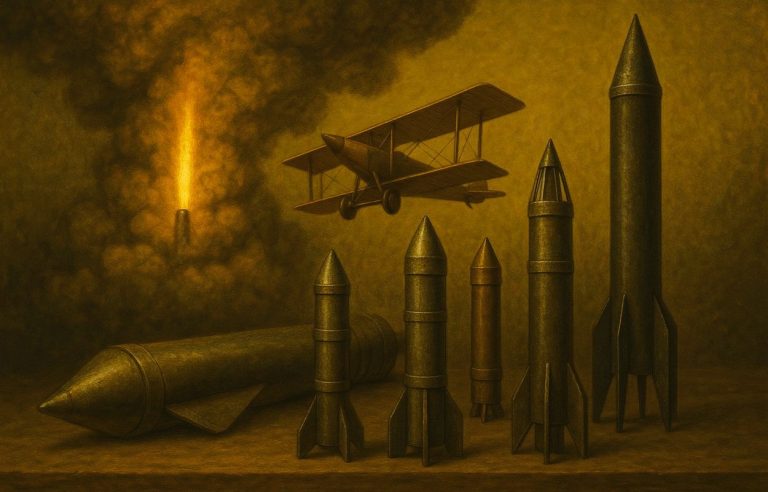

When responding to an emergency, clear communication is paramount.
And in natural disasters, search-and-rescue operations, construction accidents or public safety incidents, teams have to be able to talk to each other instantly, and for that they often rely on tried-and-true walkie-talkies.
Unlike mobile phones which rely on external towers and internet, a two way radio operate on independent frequencies that allow users to communicate directly. Their role in maintaining safety, coordination, and efficiency has only grown as organizations prioritize rapid, reliable communication solutions.
Instant Communication Without Network Dependence
With their capacity to send messages instantly without numbers to dial first, walkie-talkies are the go-to tool for teams that need to coordinate their response, provide updates, warn of safety hazards, and order evacuations, all in seconds. Because they operate on radio frequencies, they can stay functional even in situations where power is out, buildings are damaged, or networks are overburdened.
Durability and Reliability in Extreme Conditions
Two-way radios are built to last. They can handle rain, dust, heat and impacts that would smash less durable devices. Because of their ruggedness and reliability, they’re absolutely essential for emergency services, law enforcement and utility workers who work in physically demanding situations. Whether submerged in water or dropped from heights, these radios can be relied upon to remain operational.
Group Coordination and Team Efficiency
Group coordination and efficiency are also made possible by handheld radios. In a situation requiring coordination between multiple teams, medics, police, engineers, volunteers, and so on, radios enable everyone to talk to each other at the same time and can save precious minutes, as well as confusion. In these situations, time is of the essence, and fragmented phone chains can be disastrous when conducting large-scale operations. This is where a unified communication system proves invaluable.
Through its use of accountability and fast decision-making, team members are ensured that coordination and efficiency, when on the line in a crisis are significantly higher.
Emergency Alerts and Safety Features
Emergency alerts and security features in modern two-way radios are critical in high-stakes situations. Man-down alerts, panic buttons and GPS tracking enable supervisors to find and help members who are in trouble.
If a worker becomes disoriented or separated from their team, the radio automatically sends out a distress signal to the control room. This feature is literally a lifesaver in high-risk industries like mining, construction, or firefighting. Hands-free communication is also an important feature that allows users to talk instantly without needing to press buttons.
Enhanced Security and Clear Communication
Encryption is key to shielding communications from eavesdropping, and walkie-talkies make use of digital encryption to keep sensitive information such as evacuation plans and medical details completely confidential.
Digital radios also have far clearer sound than their analog counterparts, and drown out background noise so that communications stay intelligible even in the most chaotic of environments.
The Power of Reliable Communication with a Two Way Radio
Clear and instant communication is what can make the difference between a well-coordinated response and utter chaos when disaster strikes. That’s why handheld radios, with their speed, durability and coordination abilities have become essential to maintaining order in high-stress environments. Not being reliant on external networks, and their capacity for group communication and built-in safety features make them a must-have for people working on the frontlines, first responders, field workers and emergency teams.


